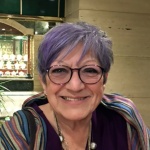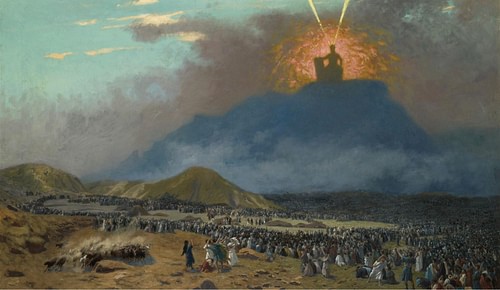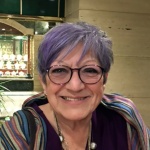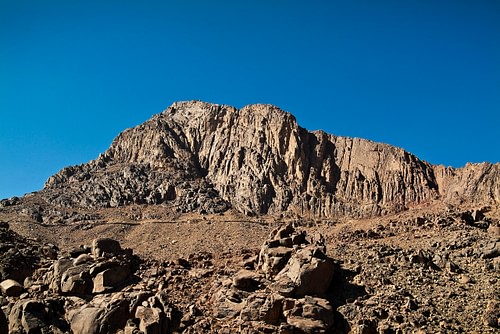
Mount Sinai (Hebrew: Har Sinay, Arabic: Jabal Musa, "mountain of Moses") is a holy site for the three Abrahamic religions: Judaism, Islam, and Christianity. It has traditionally been located in the center of the Sinai Peninsula, between Africa and the Middle East. A 2200-meter peak, it tops a region known as the Arabian-Nubian Shield, consisting of crystalline and granite rock formations with volcanic elements.
Name & Location
The origin of the name remains open to debate. Theories consider the root of sin from the Mesopotamian moon god Sin, who was also associated with the Egyptian moon god Thoth. Rabbinical texts cited the root of seneh, where, in two cases, it referred to the site of the "burning bush."
The earliest history of this region was its importance for the location and mining of various metals: gold, silver, copper, zinc, tin, and lead. Pharaonic Egypt had numerous mines in the region as well as a string of defensive fortresses along this northeastern border. In the biblical traditions of King Solomon (900s BCE), his wealth was accounted for because of 'Solomon's mines' in the area. Ancient mining centers have been excavated on the peninsula.
Mount Sinai in the Bible
The Sinai Peninsula was the bridge between the Middle East and the delta region of Egypt. Whenever there was famine, periodically 'Asiatics' (the derogatory Egyptian term for nomads) crossed over to this area. Because of the Nile, Egypt always had food. The Book of Genesis relates that the sons of Jacob sold their brother Joseph to Egyptian slavers. Joseph prospered there and became an ancient Egyptian vizier. During a famine, Jacob sent his sons to Egypt for food. They eventually reconciled with Joseph and flourished there and brought the rest of their clans to settle.
The Book of Exodus (from the Greek "going out" or "leaving") begins by claiming that the "Hebrews" (another word for the Israelites in this book) lived for 450 years in Egypt and prospered in the Nile Delta. But a pharaoh arose "who did not know Joseph" (Exodus 1:8), meaning that he knew nothing about an older relationship – an efficient pharaoh did not want foreigners gathered on Egypt's northeastern border in an age when various empires in the region were expanding.
This new pharaoh decided to enslave the Hebrews and set them to work in his grain cities. (The Hebrews did not build the pyramids.) Exodus does not name the pharaoh, but the grain cities of Pithom and Rameses (Pi-Ramesses) mentioned here connected the tradition to Ramesses II (r. 1279-1213 BCE), one of the most famous pharaohs of the New Kingdom of Egypt. To control the number of the Hebrews, Pharaoh ordered the midwives to kill every son born to them (which they did not do). One of the babies was hidden by his mother by floating him in a small boat down the Nile. He was picked up by Pharaoh's daughter (who was barren) and raised in the Egyptian royal court. This baby was Moses. When Moses was an adult, he saw an Egyptian overseer beating a Hebrew slave, and he killed the overseer. He had to flee Egypt and ended up at an oasis in the Sinai. Moses rescued some women shepherds being attacked by other nomads at a well (one of them, Zipporah, became his wife) and he settled down to become a shepherd.
One day he saw a bush on fire on a mountain, but it was not consumed. Going to see it, this is when Moses received his first revelation from God. In Jewish tradition, this was Mount Sinai. However, depending upon the dating and the source of the various passages in the text, it is also referred to as 'Mount Horeb' (the "burning bush" reference?) Moses was told to return to Egypt and to tell Pharaoh to "let my people go" (Exodus 7:16), which resulted in the story of the first Passover.
The Commandments
After their escape, famously including the story of the miraculous parting of the Red Sea, Moses brought his people to the foot of Sinai and went back up on the mountain to find out God's intentions. This is when he received the commandments. Despite the tradition, it is not ten commandments; he received 613, but ten became the iconography of courtrooms, synagogues, churches, and other art (where Moses is shown carrying two stone tablets). It is also because later Christians reduced the list of commandments to ten, as the only ones that Christians must follow. The first ten commandments are highlighted at the beginning not because they are universal, but because they are different than the rest. They are short because there is no atonement or no fixing these commandments once they are broken. The ones that follow are what we call case law, meaning that they are fixable. If you violate any of these others (the 603) you can atone or fix it with a sacrifice or a ritual.
What Moses brought down from the mountain was essentially the constitution for the nation of Israel. It outlined how they were to look, how they were to eat, how they were to settle legal problems, and how they were to worship. In this sense, they were to be set apart, and to be different from all the nations. They were to be a model of a righteous nation that the rest of the world would eventually follow. This is the covenant (contract) with Moses.
Everything he brought down was incorporated into the next several books: Leviticus, Numbers, and Deuteronomy. By tradition, Moses even brought down the blueprints for Solomon's Temple which was built centuries later. The tablets were placed in a box, the Ark of the Covenant. This became a sacred vessel, which was later placed in the 'holy of holies' in the Temple in Jerusalem. The first five books of the Jewish Scriptures became incorporated into the Law of Moses, or Torah ("teachings"). At the same time, references to this experience and events were shortened to "the traditions at Sinai."
Kadesh Barnea
Several texts in the Jewish Scriptures mention a site, Kadesh Barnea, associated with the years when the Hebrews 'wandered in the wilderness' as their punishment for the sin of idolatry at the foot of Sinai. Located somewhere between the Sinai and the borders of Canaan, Kadesh Barnea most likely referred to an oasis, able to sustain a large amount of people and their flocks. Archaeological excavations continue to explore several of these areas, which also helps to determine the route(s) between Egypt and Canaan. According to the book of Numbers, Aaron, Moses' brother, and Miriam, Moses' sister, died at Kadesh (20:22-29; 20:1).
Sinai in Christianity
Incorporating Judaism within Christianity, Christians maintained the commandments of Moses but reduced them to ten. When Roman emperor Constantine I legalized Christianity in 313 CE, his mother, Helena of Constantinople, traveled to Palestine and identified the holy sites related to the life and ministry of Jesus of Nazareth. This began the practice of pilgrimage to these sites.
Saint Catherine's Monastery, built between 548 and 565 CE by the order of Byzantine emperor Justinian I, is located at the slope of the mountain, claimed to be the site of the burning bush. The bones and relics of Saint Catherine of Alexandria, a 4th-century CE martyr, were allegedly transferred here. It remains a major pilgrimage site for both Orthodox Christians and Latinate Christians. It is considered one of the oldest functioning monasteries, with a large collection of early icons.
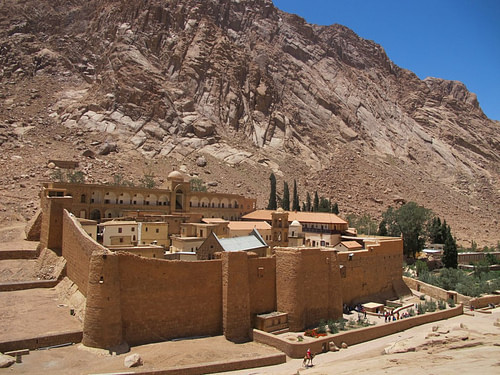
Beyond religious pilgrimage, the medieval monastery is renowned for its famous (and still active) library. Discovered in 1844 by Constantin von Tischendorf (1815-1874) on a visit to St. Catherine's, the Codex Sinaiticus is one of the most important discoveries of the ancient world. It contains both the Jewish Scriptures and the New Testament in Greek. It includes apocryphal texts (those that did not make it into the official canons of Judaism and Christianity). It is incredibly important for scholars who trace the evolutions of ideas and editing of the Bible over various centuries.
Islam
Islam incorporates the traditions of Judaism, especially in the honoring of God's prophets, of whom Prophet Muhammad was the last. Associated with Musa Moses, there are numerous references to Jabal Musa (the "mountain of Moses") throughout the Quran. It is the blessed place, where "Musa spoke to his lord." A mosque was built on top of the mountain.
The Sinai Peninsula Today
One can ascend to the summit on foot, which takes roughly 2.5 hours, construed as 3,750 steps of penitence. The more popular pilgrimage journey is by camel from the base to the top. Pilgrims can arrange for tour buses (from Cairo and Alexandria) that leave in the middle of the night and arrive in time for sunrise. Given the heat of the desert, dawn is the best time to make this journey.
The importance of the Sinai Peninsula was enhanced in the 19th century by the construction of the Suez Canal. Over the decades, the Sinai Peninsula was involved in several wars, including the Yom Kippur War in 1973, when Israel captured it from Egypt. With the Egyptian-Israeli Peace Treaty, Egypt regained the Sinai and now administers the region. However, it has recently become a center for ISIS participants, which Egypt continues to war against. Hence, pilgrimage and tourists activities periodically will be restricted depending upon conditions in the Sinai.
